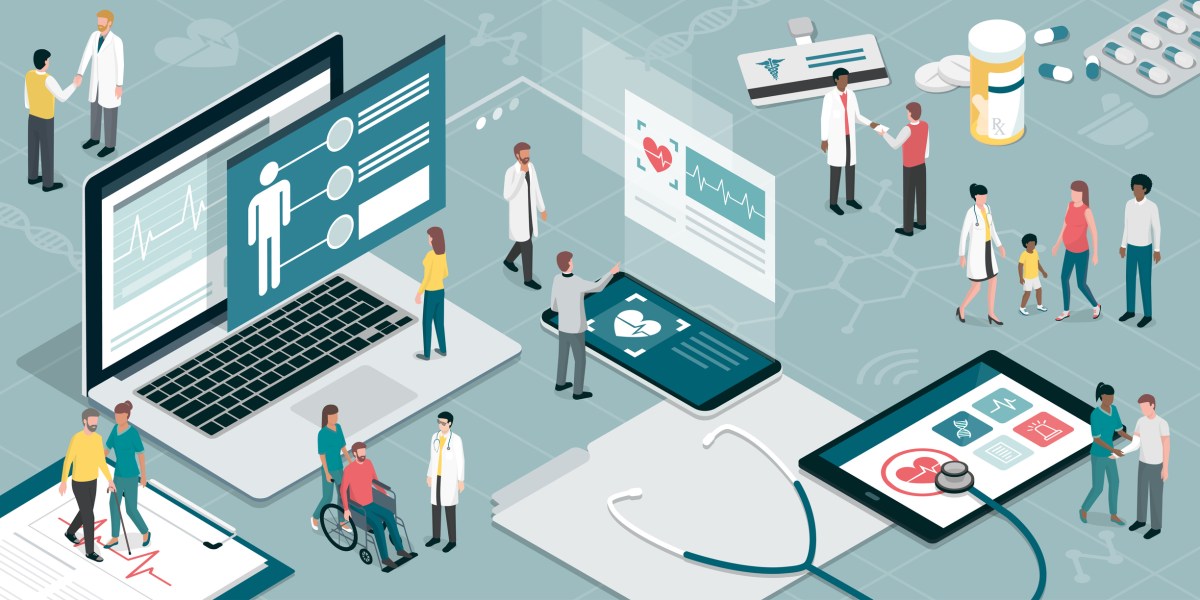The disconnect between skills and readiness in the workforce

In today’s professional landscape, we face a paradox. Even as businesses increasingly seek candidates who have mastered adaptive skills like navigating ambiguity, communicating effectively, and demonstrating resilience through setbacks, our classrooms remain largely fixated on teaching content knowledge that AI can now provide instantly.
This skills and readiness disconnect isn’t new. Consider that most corporate leadership development programs have emphasized many of these same adaptive skills—aka soft skills—for decades. The difference is we can now see the disconnect more clearly, and the consequences of inaction are dramatic.
AI has become an X-ray for our education system, revealing critical fractures that have long been masked by traditional assessment methods. When information is universally accessible, success increasingly depends on developing adaptive skills that our current educational approach has struggled to prioritize because they’re notoriously difficult to teach and measure at scale.
With AI’s proliferation, this disconnect will become a chasm if we don’t address it now.
3 pillars for instructor-enterprise collaboration
The why behind addressing this disconnect is straightforward. Classrooms are the source of workforce readiness. The how is more complex but represents an unprecedented opportunity for instructors and enterprises to develop solutions together and learn from each other.
I see three key opportunities for collaboration.
1. Use AI-powered technology to measure vital adaptive skills.
Enterprises have long recognized the value of adaptive skills, but they’ve struggled to reliably evaluate them during hiring processes and performance evaluations. Similarly, educators understand the importance of these skills but lack scalable methods to teach and assess them. This shared challenge presents an opportunity for collaboration.
AI technologies like sentiment analysis, natural language processing, and behavioral pattern recognition can revolutionize how we measure previously intangible qualities. Imagine environments where learners receive real-time feedback on communication effectiveness, collaboration patterns, or problem-solving approaches—not just whether they arrived at the “right” answer.
By collaborating to develop these assessment technologies, enterprises can help instructors understand which specific behaviors and capabilities correlate with workplace success, while instructors can provide insights into how these skills develop over time. The result is graduation requirements that reflect workforce needs and hiring practices that meaningfully evaluate candidate readiness.
2. Create immersive learning laboratories to develop AI fluency.
Both traditional and workplace learning environments are facing what Omid Fotuhi, director of learning innovation at WGU Labs, calls the “AI Trolley Problem.” It borrows from the classic ethical thought experiment which asks whether one should pull a lever to redirect a runaway trolley, sacrificing one life to save five. Fotuhi uses the metaphor to describe a form of institutional paralysis: a deep discomfort with taking action that might cause harm, even when inaction guarantees it.
“When it comes to AI, there’s a tendency to fixate on what might go wrong if we act,” Fotuhi explained to me. “But we rarely consider what might go wrong if we don’t.”
This aversion to action, though rooted in caution, can quietly perpetuate harm. Failing to implement AI tools could also mean missed opportunities to provide more personalized learning, reduce burnout among educators, or close equity gaps at scale. In many cases, the cost of doing nothing is not neutral—it’s compounding.
“We need to shift the frame,” Fotuhi added. “Yes, using AI carries risk. But so does sitting still. If we only focus on the potential harm of pulling the lever, we ignore the damage being done by letting the trolley barrel forward.”
One way of overcoming the risks could lie in creating collaborative learning environments where learners and professionals can safely experiment with AI tools. Enterprises can provide real-world business challenges and access to industry-specific AI applications, while instructors contribute pedagogical expertise and learning environments where failure carries no permanent consequences.
These immersive learning laboratories would serve dual purposes: Help learners develop practical AI fluency they’ll need in future careers, while giving enterprises insights into how next-generation workers approach and leverage these tools. Such environments would help foster the metacognitive abilities to determine when and how to best leverage AI. Those are skills that no machine can replicate.
3. Establish continuous feedback loops between learning environments and workplaces.
The pace of technological change demands a more dynamic relationship between classrooms and enterprise than our current system allows. Annual curriculum reviews and occasional industry advisory boards are insufficient when workforce needs evolve monthly rather than yearly.
We need continuous, bidirectional feedback mechanisms where learning innovations inform workplace practices and workplace needs shape learning priorities. This means embedding instructors within businesses and bringing industry professionals into classrooms as integral contributors to the learning ecosystem.
AI can facilitate this exchange by aggregating and analyzing real-time data about skill demands across industries, helping instructors understand emerging trends before they become mainstream requirements. Simultaneously, instructors can share insights about learning approaches that effectively develop adaptability and resilience—qualities that enterprises increasingly recognize as essential for organizational agility.
A more collaborative future
At Udemy, we believe instructors must prepare learners not to compete with AI, but to leverage it effectively. This requires a fundamental shift from mere knowledge acquisition to developing the metacognitive abilities and “street smarts” that machines cannot replicate.
This vision for the future extends to instructors, too. Far from replacing them, AI is poised to elevate their role. By automating administrative tasks, enabling personalized support at scale, and creating new ways to teach and measure adaptive skills, it offers opportunities to create learning environments where instructors have the time and tools to set learners up for success in an AI-powered world.
For enterprises, this partnership with instructors means investing in the future workforce by contributing expertise, challenges, and resources to classroom innovation, rather than lamenting skills gaps after they emerge.
The disconnect between instructors and enterprise is not new, but AI has simultaneously amplified its consequences and offered powerful solutions. By working together to reimagine education with AI as an enabling force rather than a threat, we can build learning environments that prepare learners for a lifetime of adaptation and growth.
Hugo Sarrazin is CEO of Udemy.
What's Your Reaction?
 Like
0
Like
0
 Dislike
0
Dislike
0
 Love
0
Love
0
 Funny
0
Funny
0
 Angry
0
Angry
0
 Sad
0
Sad
0
 Wow
0
Wow
0































































































